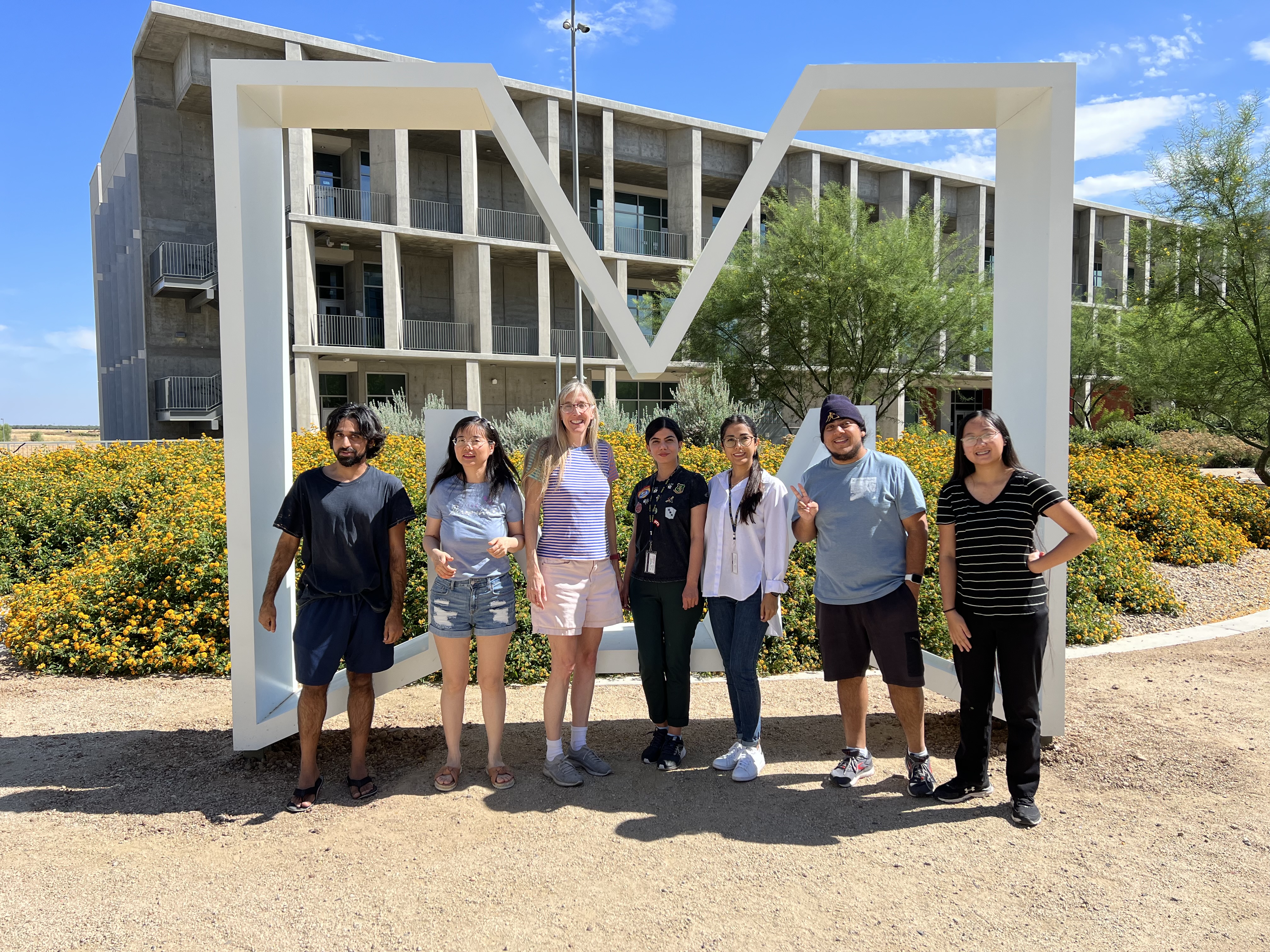The overall theme of our laboratory’s research is to study proteins at the molecular level using biochemical analyses alongside powerful tools such as nuclear magnetic resonance (NMR). This includes not only structure determination, but also biological assays of proteins and their mutants in order to understand the structural underpinnings of biological function. We often work with members of the chemokine family of proteins, which are inflammatory proteins, several of which have been shown to block infection by HIV-1, making an analysis of their action crucial for AIDS research.
In the past we made an extremely potent HIV inhibitor against both R5 and X4 virus using the RANTES variant 5P12-RANTES (originally discovered by the Hartley group) linked to a C-peptide. We also have a long-standing interest in saccharide binding, leading to our ongoing work with the potent HIV entry inhibitor Griffithsin. We have linked this protein with a C-peptide, leading to even more potent HIV inhibition, and are also studying the details of the biochemical properties of griffithsin.
Our recent work involves the stabilization and delivery of both 5P12-RANTES and Griffithsin using silk fibroin (SF). This work allows these potent HIV inhibitors to be used as microbicides, envisioned as topical inserts to prevent the sexual spread of HIV. We have shown that SF can be used as both a “quick dissolve” film and as a scaffold for sustained release, allowing potential users to be protected without adhering to a rigid dosing schedule.
Our work with chemokines and chemokine binding proteins also includes a study of how to inhibit the chemokine system to stop inflammation. This work includes both the proteins vMIP-II and vCCI. More recently, we investigated the extraordinarily high affinity vCCI:vMIP-II complex.
Overall, we use a combination of mutagenesis, NMR techniques, cellular assays, and HIV assays to learn about chemokines, lectins, and chemokine binding proteins, and to elucidate their role in inflammation and suppressing HIV-1 infection.

